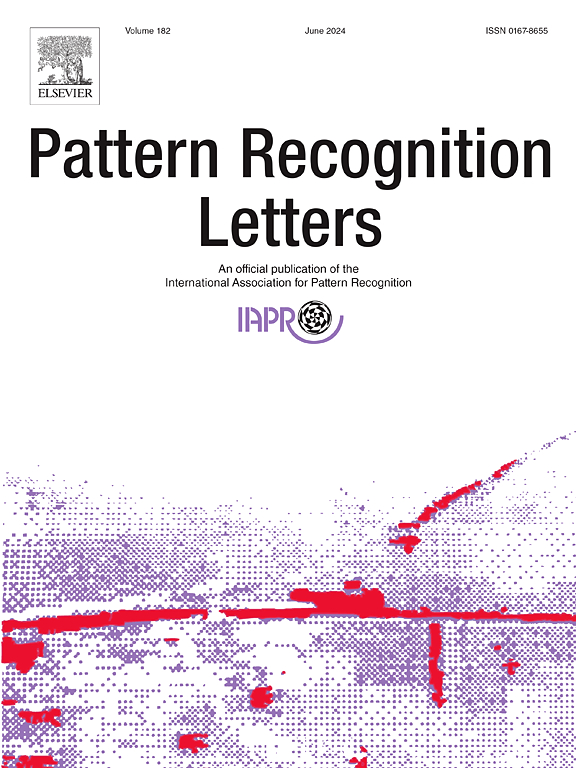Visual-guided hierarchical iterative fusion for multi-modal video action recognition
IF 3.9
3区 计算机科学
Q2 COMPUTER SCIENCE, ARTIFICIAL INTELLIGENCE
引用次数: 0
Abstract
Vision-Language models (VLMs) have shown promising improvements on various visual tasks. Most existing VLMs employ two separate transformer-based encoders, each dedicated to modeling visual and language features independently. Because the visual features and language features are unaligned in the feature space, it is challenging for the multi-modal encoder to learn vision-language interactions. In this paper, we propose a Visual-guided Hierarchical Iterative Fusion (VgHIF) method for VLMs in video action recognition, which acquires more discriminative vision and language representation. VgHIF leverages visual features from different levels in visual encoder to interact with language representation. The interaction is processed by the attention mechanism to calculate the correlation between visual features and language representation. VgHIF learns grounded video-text representation and supports many different pre-trained VLMs in a flexible and efficient manner with a tiny computational cost. We conducted experiments on the Kinetics-400 Mini Kinetics 200 HMDB51, and UCF101 using VLMs: CLIP, X-CLIP, and ViFi-CLIP. The experiments were conducted under full supervision and few shot settings, and compared with the baseline multi-modal model without VgHIF, the Top-1 accuracy of the proposed method has been improved to varying degrees, and several groups of results have achieved comparable results with state-of-the-art performance, which strongly verified the effectiveness of the proposed method.
视觉引导分层迭代融合技术用于多模态视频动作识别
视觉-语言模型(VLM)在各种视觉任务中都有可喜的改进。现有的视觉语言模型大多采用两个独立的基于变压器的编码器,分别独立地对视觉和语言特征进行建模。由于视觉特征和语言特征在特征空间中是不对齐的,因此多模态编码器在学习视觉-语言交互时面临挑战。在本文中,我们为视频动作识别中的 VLMs 提出了一种视觉引导分层迭代融合(VgHIF)方法,它能获得更具区分性的视觉和语言表征。VgHIF 利用视觉编码器中不同层次的视觉特征与语言表征进行交互。这种交互由注意力机制处理,以计算视觉特征与语言表征之间的相关性。VgHIF 学习接地的视频-文本表征,并以灵活高效的方式支持多种不同的预训练 VLM,计算成本极低。我们使用 VLM 在 Kinetics-400 Mini Kinetics 200 HMDB51 和 UCF101 上进行了实验:CLIP、X-CLIP 和 ViFi-CLIP。实验是在完全监督和少量镜头设置下进行的,与不带 VgHIF 的基线多模态模型相比,所提方法的 Top-1 精度有不同程度的提高,有几组结果达到了与最先进性能相当的结果,这有力地验证了所提方法的有效性。
本文章由计算机程序翻译,如有差异,请以英文原文为准。
求助全文
约1分钟内获得全文
求助全文
来源期刊

Pattern Recognition Letters
工程技术-计算机:人工智能
CiteScore
12.40
自引率
5.90%
发文量
287
审稿时长
9.1 months
期刊介绍:
Pattern Recognition Letters aims at rapid publication of concise articles of a broad interest in pattern recognition.
Subject areas include all the current fields of interest represented by the Technical Committees of the International Association of Pattern Recognition, and other developing themes involving learning and recognition.
 求助内容:
求助内容: 应助结果提醒方式:
应助结果提醒方式:


